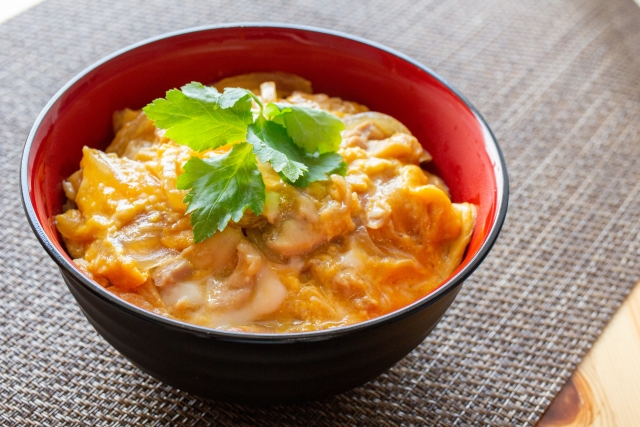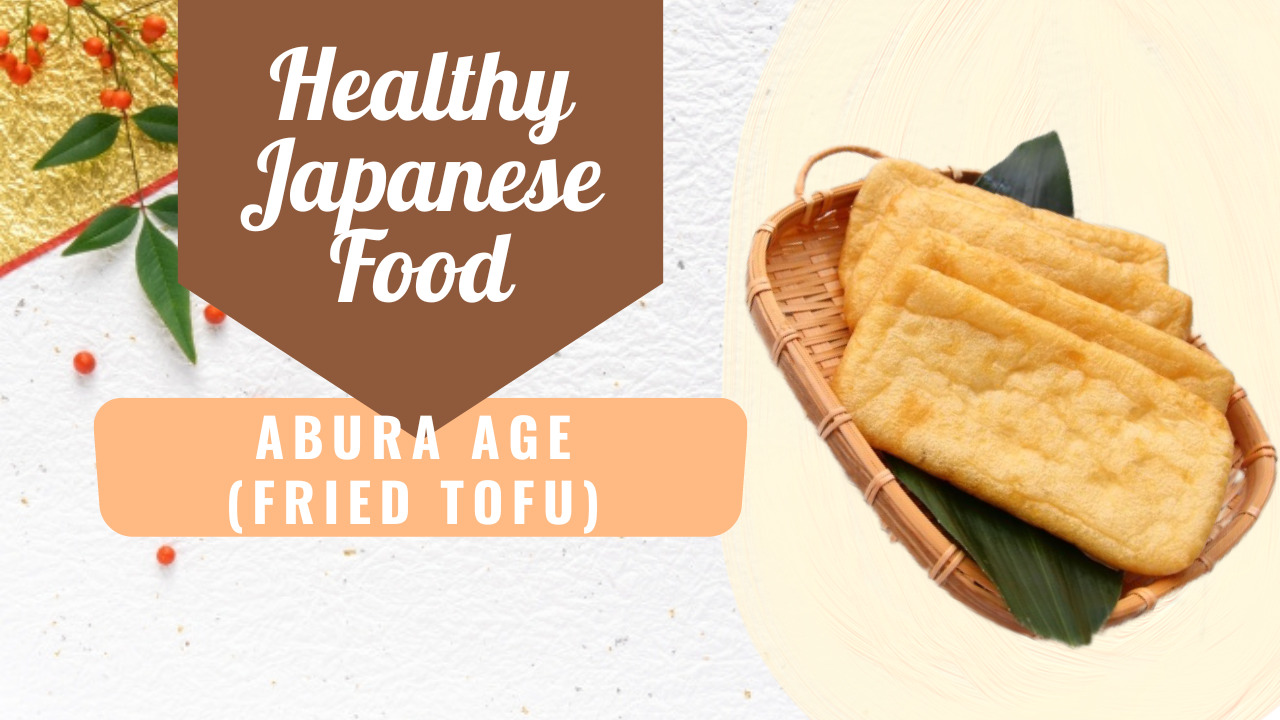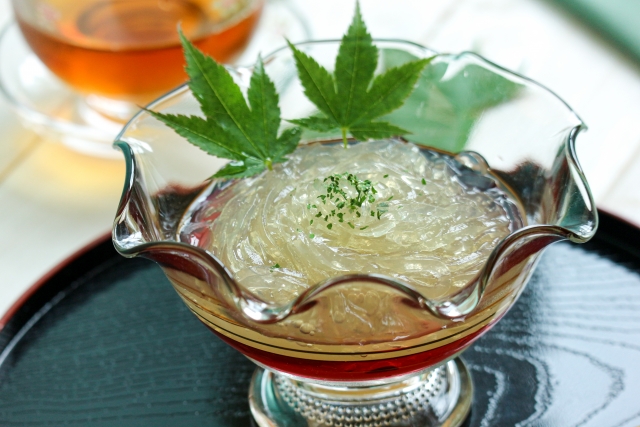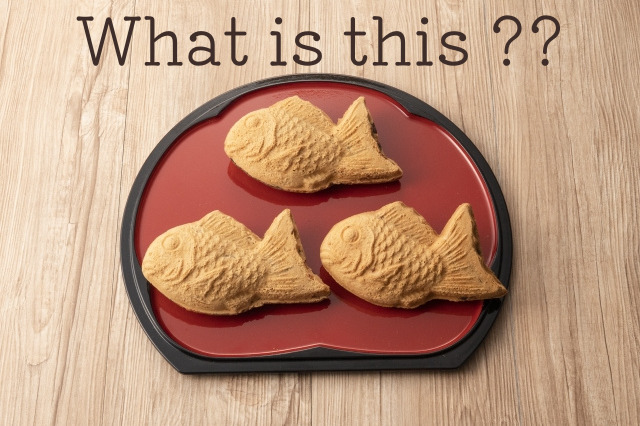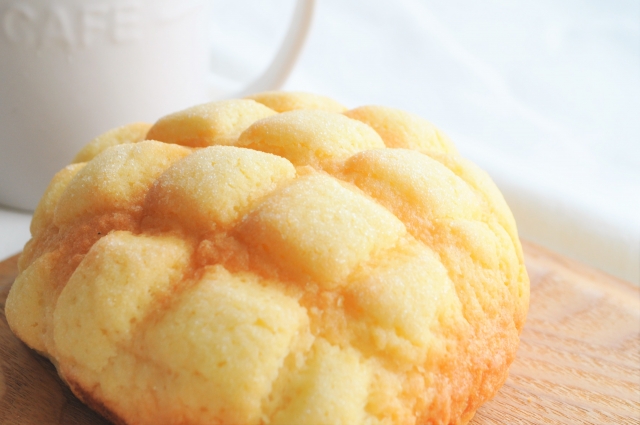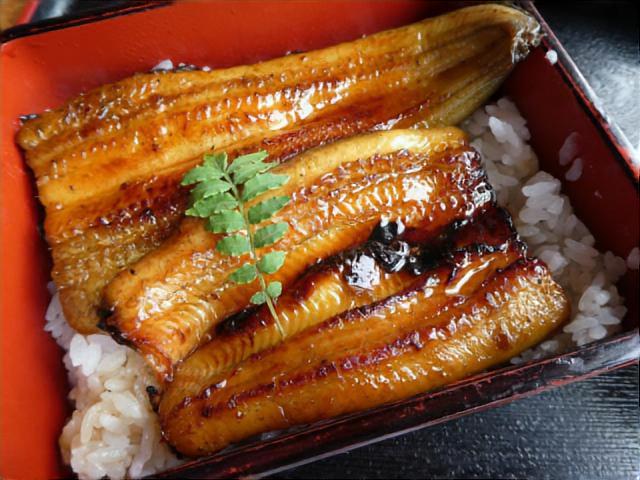
First of all, not all Japanese food is the same.
Each area of Japan has its own unique flavoring and shape.
It varies from area to area and is said to be "thicker in Kanto and lighter in Kansai".
It is said that this is deeply related to the differences in history and climate.
If you're a fan of Japanese food, you'll want to learn more about it.
Difference between Kanto and Kansai Food
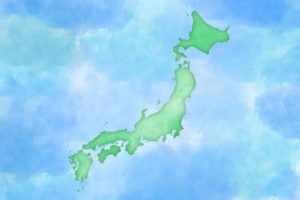
A list of the differences between Kanto and Kansai in terms of "food"!
It's surprising how much difference there is between famous dishes depending on the ingredients and flavoring.
Dark soy sauce in the Kanto area and light soy sauce in the Kansai area.
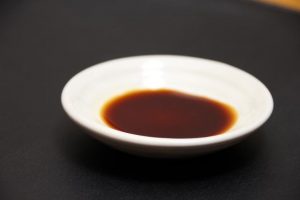
There is a big difference between soy sauce in the Kanto and Kansai areas.
In the Kanto area, the dark soy sauce is darker and has more flavor, while in the Kansai region, the light soy sauce is lighter in color and has an elegant taste.
Dark soy sauce is sweeter and light soy sauce has more salt than light soy sauce.
In Kanto, it's bonito soup stock and in Kansai, it's kombu soup stock.
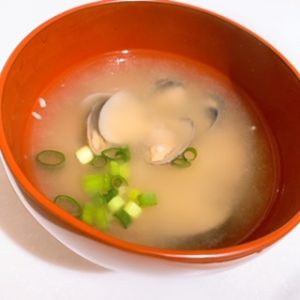
Dashi" is the basis of food. It is said that the reason why kombu became mainstream in Kansai is related to the water quality.
The water in Kansai is soft water, so even if it is "Kombu", we can make good dashi in a short time.
In Kanto, water is hard water, and katsuo (bonito), which is easy to make dashi and goes well with dark soy sauce, is used to make dashi.
Bread in Kanto is cut into six slices, while Kansai people eat five slices.
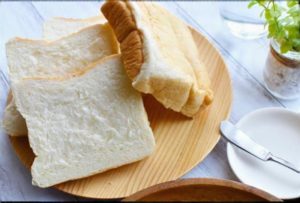
Kanto people prefer a savory and crispy texture, while Kansai people prefer a soft and sticky texture.
In the bread section of supermarkets, you can find eight slices of bread in the Kanto area and four slices in the Kansai area. In the Kanto area, there are 8 slices of bread in the supermarket, and in the Kansai area there are 4 slices of bread in the Kansai area, but nowadays there is a wide range of bread available in 4 to 10 slices.
Kanto's rice balls are triangle shaped, while Kansai's are bale shaped
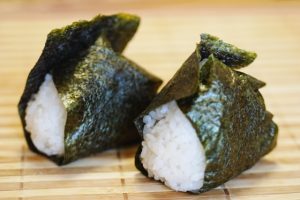
Onigiri (rice balls) are usually gripped more quickly and firmly if they are gripped in a triangular shape.
The Kanto area seems to be pursuing a more "rational" and "simple" approach to making onigiri.
In the Kanto area, Inarizushi is bale shaped, and in the Kansai area it is triangular.
In addition, Kanto's rice cakes are square in shape and Kansai's are usually round.
In the Kanto area, they are called "onigiri" (rice balls) and in the Kansai area they are called "omusubi" (rice balls).
Kanto's Edo-mae sushi and Kansai's Hakozushi
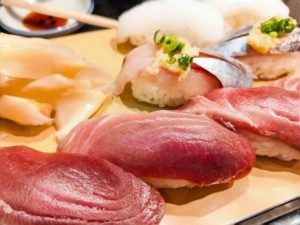
It is reportedly traditional Edomae sushi to add a "touch" to each individual sushi. For example, the addition of labor such as "Zuke", "Kobujime", and a coat of sauce on boiled clams is a hallmark of Edo-mae sushi.
In addition, tuna is a popular part of Edo-mae sushi.
On the other hand, in the Kansai area, nigirizushi also contains many whitefish items, and the most delicious is "Thai".
In Kansai's famous box sushi, "Akashi's Thai" is considered to be a seasonal delicacy. There are some Edo-mae sushi chefs who do not serve it because they believe that they can't compete with Akashi.
Eels in the Kanto area are steamed open from the back and grilled, while eels in the Kansai area are open from the belly and grilled directly.
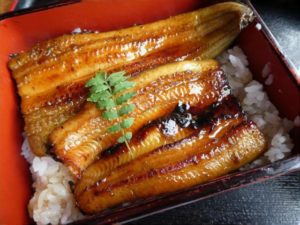
Eel has been a popular feast since ancient times. The way it is prepared differs greatly in the East and West.
In Kanto, there is a theory that this is because the samurai did not want to open their bellies.
The head is cut off, steamed and then grilled over charcoal fire.
The fat is removed and the meat is soft and fluffy. On the other hand, in the Kansai area, the fish is opened from the belly, and with the head still attached, it is roasted directly on a metal skewer and slowly grilled. It is characterized by its crispy and savory texture.
Tamagoyaki in the Kanto area has a sweet taste, whereas in the Kansai area, it is more of a soup stock flavor.
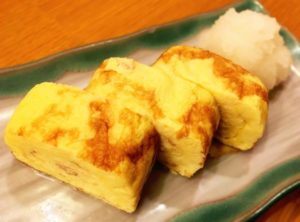
Traditionally, omelet is sweetly seasoned in the Kanto area. On the other hand, in the Kansai area, omelets have a rich broth and a very salty flavor, and it is said that the seasoning of omelets was determined by the balance of other Japanese cuisine.
It is believed that the seasoning of omelet was determined by the balance of other Japanese dishes.
In the Kanto area, the seasoning of omelet was made sweeter to balance out the strong flavored nimono and baked goods, while in the Kansai area, the seasoning of omelet was made sweeter.
In the Kansai area, they probably added saltiness to match the sweet taste of their dishes. Regardless of whether it is in the Kanto or Kansai area, the seasoning of omelet is made according to personal preference.
In the Kansai area, oden is called "Kanto-ni (Kanto-daki)
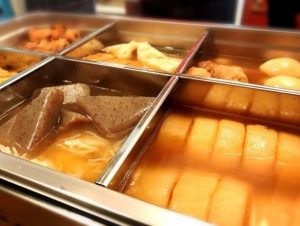
Kanto-ni is sweet and mildly flavored in the Kansai area compared to Kanto's oden, which is flavored with soup stock and soy sauce. It is said that this cooking style was brought from Kanto and has become established with the Kansai taste.
In Kanto, white onions are used and in Kansai, green onions
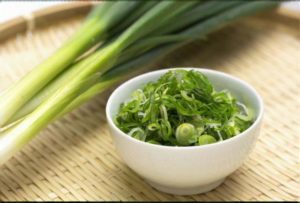
It is well known that white onions are the mainstream in Kanto and green onions in the Kansai area, but what about the other vegetables?
Garland chrysanthemum in Kanto is a savory vegetable characterized by its bitterness and fragrance.
In the Kansai area, it is called "Kikuna" and has soft, fluffy leaves with little bitterness.
In the Kansai area, it is called " Kikuna" and the leaves are soft and fluffy with little bitterness.
Natto is shunned in the Kansai area
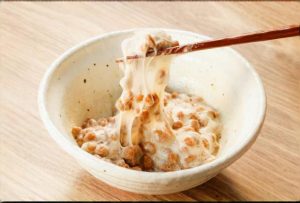
Natto is not good at natto, even for visitors to Japan from abroad. Kansai people are also famous for their dislike of natto.
Nevertheless, the health benefits of natto have spread recently and more and more people are eating it.
However, there are still many people in Japan who do not like natto. The reason why people dislike natto seems to be its unique smell, but when natto is placed on a table with light and refreshing Kansai-style dishes, the smell may be particularly disturbing.
Fermented foods are getting a lot of attention due to the coronavirus, so this Japanese food is likely to be in high demand in the future.
What is the background to the differences in food?
Comparing the food cultures of the East and West, the common denominator emerges: Kanto has a strong aroma and strong taste.
The Kanto area has a strong aroma and strong flavors: natto (fermented soy beans), tuna, edomae sushi and bonito dashi (dried bonito soup stock).
The Kansai area is known for its mild sweetness and umami - udon noodles with a simple and delicious dashi, seaweed, pike, kelp, etc.
These backgrounds seem to be related to "history" and "climate".
〇 History.
In Kanto, the strong flavors favored by the samurai and the hassle-free foods favored by the common people of Edo (now Tokyo) became widespread. Local vegetables and fish were favored, and although they were not expensive, people were particular about "seasonal ingredients" such as the first bonito.
In the Kansai area, the refined, traditional foods of the noble families and the fashionable foods of the Kamigata merchants were very popular. Also, since Kyoto had long been home to many specialties from all over Japan, there were many variations in cuisine.
〇Climate
The soil in Kanto is coarse and somewhat unsuitable for farming. The hardness of the water is high. In the Kansai area, on the other hand, the soil is soft and clayey, and the water is soft. This is the reason for the difference in crops. Vegetables from the Kanto area tend to be darker in color and more fragrant, while those from the Kansai area are sweeter and less fragrant.
The differences between the foods of Kanto and Kansai reflect the history and climate of each area.
Because of this profound background in Japanese cuisine, it is possible for your usual dishes to look different when you eat Japanese food.
By all means, enjoy the intensity of flavors and textures when you eat Japanese food.
It's also a good idea to compare Kansai and Kanto cuisines.
